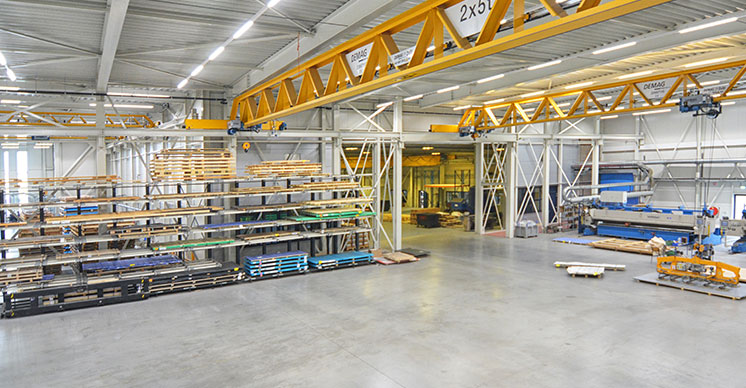Surface Grinding & Precision Grinding
Get your parts from a large precision plate!
Why grind or mill your precise parts individually for thickness? Get your parts out of a large plate using surface grinding and precision grinding! A raw plate has many challenges. Thickness difference, tension and irregularities. The new precision grinding machine at Van Geenen takes care of this and achieves accurate values in the field of parallelism, flatness and thickness.
When producing sheet metal, a lot of tension is placed in the material. This tension is released during the first processing steps and can give a reaction as soon as the vacuum tension is released. By regularly turning the plate and flatgrinding on both sides, most of the stress is released from the material and a flat plate can be worked on.
Example in the photo: Base Material plate AISI 316 – 6000x2000x10mm. Customer request: Grinding at 8mm + 0 / -0.05.
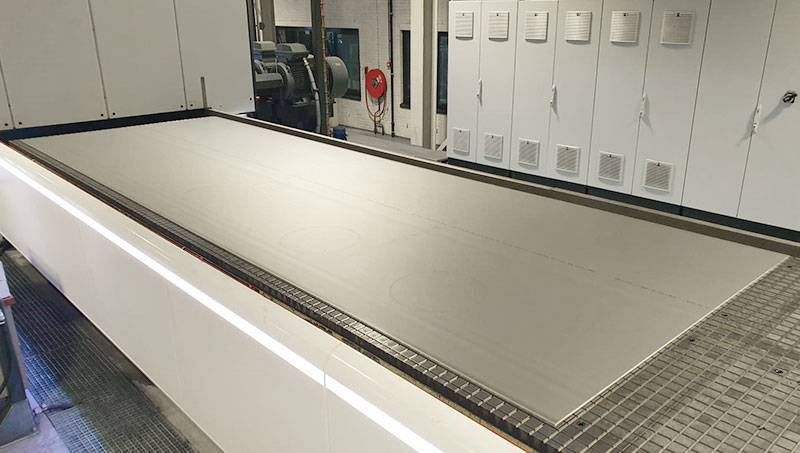
Fig. 1 The stainless steel plate is stretched on the vacuum table, ready to be ground to the thickness. Because the machine can be accurately adjusted in terms of removal, both sides can be ground very flat.
The surface and flat grinding can begin, the machine can reduce the plate thickness by 0.2 mm per grinding pass if necessary, over the full width of 2 meters. This is a huge advantage over milling. Of course, if it has to be more accurate, much less is removed per grinding pass. This can be set to 0.02mm.
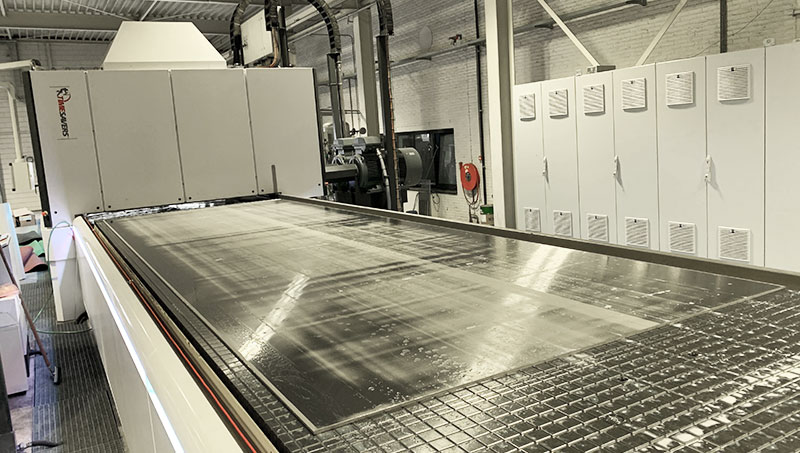
Fig. 2 After a number of first grinding passes, it becomes clear how much thickness difference there is in a hot-rolled stainless steel plate. All the “tops” of the stainless steel plate have been ground, and it is clear that a lot of material still needs to be removed to remove the thickness differences and material irregularities. It is therefore often wise to use somewhat thicker starting material.
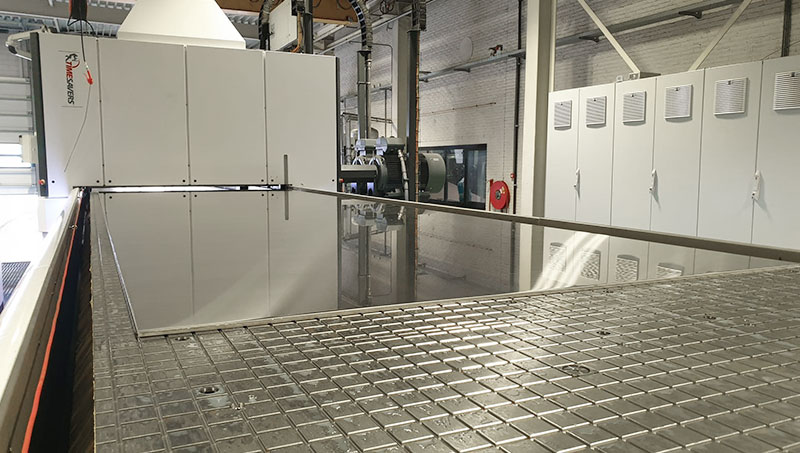
Fig. 3 The stainless steel plate is ground on both sides, and is the same thickness everywhere. During grinding, the plate has been rotated regularly, so that a lot of tension has left the plate. It looks sleek, has a low RA value, and is ground well within the requested thickness tolerance!
After the grinding process, the plate is accurately water-jet cut. In this way, the customer can obtain hundreds of small precision parts from 1 sheet, exactly at the desired thickness.
Titanium / titanium surface grinding
Nowadays, titanium is indispensable in the Aerospace industry. The many attractive properties of titanium make it a very popular material. It has a very interesting ratio in terms of strength and weight, in other words very strong and extremely light. Very high corrosion resistance, and performance at high and low temperatures. It is therefore not surprising that it is widely used in the Aerospace industry. Titanium / titanium is used in the airframe, jet engines and landing gear of aircraft. And not to forget, a large part of the engines are made of titanium. The jet engines high in the air are naturally exposed to temperatures well below zero, while in engines the temperatures can be high. The titanium knows how to handle this well and continues to perform as it should.
The parts such as the engine blades, axles, discs, suspensions, etc., must of course be carefully machined. Such as titanium plates, which must be ground to size. Van Geenen now has the experience to grind these surfaces within precise tolerances.
Alpha case
Titanium is not the easiest material to ground. Most Titanium has a very hard mill scale. Also called Alpha Case. This is the surface structure that occurs when titanium is produced when it is exposed to oxygen. (oxygen-enriched surface). This surface layer is very hard and brittle, and shows micro-cracks. This reduces the very attractive properties of the titanium.
It is less strong and reliable. This is of course undesirable when it comes to aircraft parts. Surface grinding and flatgrinding of Titanium are good solutions for this.
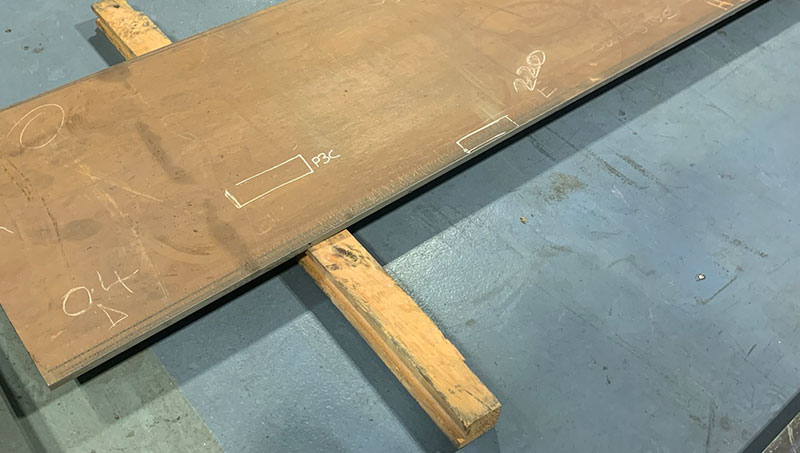
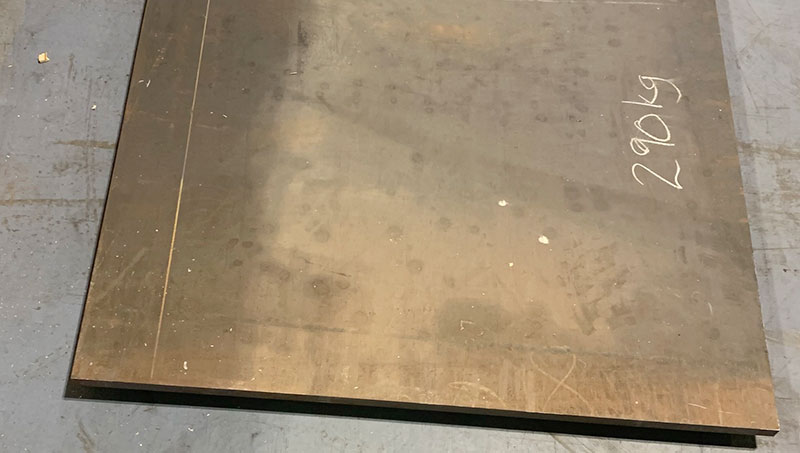
Fig. 4 and 5 The Alpha case, the top layer of titanium. Very hard, brittle and therefore the material is still unsuitable for use.
The titanium plate must first be stripped of this mill scale. Due to the very tough hard skin, a large grinding machine is required. Van Geenen has this equipment to remove layers of material step by step from the Titanium plate. It takes quite a deep grind to remove the Alpha Case.
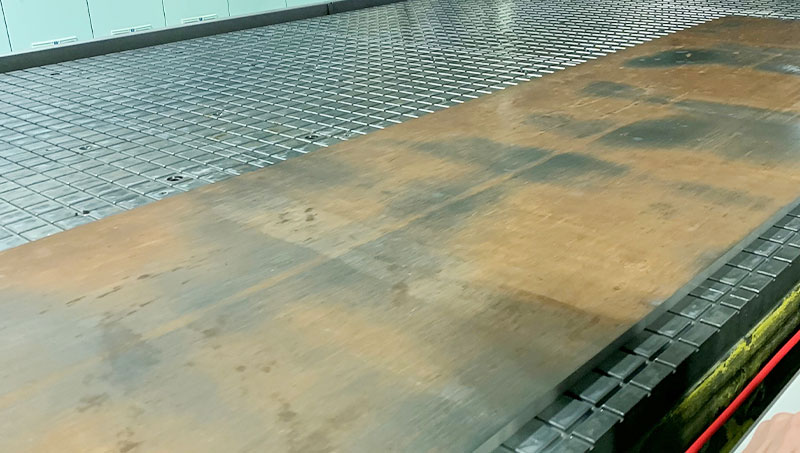
Fig. 6 Only part of the skin was removed after a few grinding passes. It will have to be ground more.
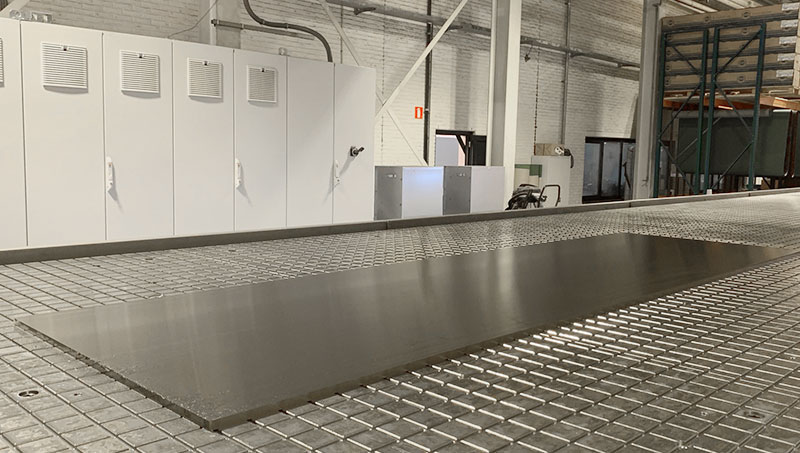
Fig. 7 The plate has been “cleaned”, ie stripped of the Alpha Case. That means the brittle layer is gone. Van Geenen has ground the titanium plate flat on both sides and provided it with a beautiful, neat finish. The material is now solid and very strong, ready for use.
General information precision grinding
Thickness, parallelism and flatness are terms that say something about the accuracy of the plate. What is the upper bound, lower bound, and how are the different terms related and how do they differ. When it comes to precision plate grinding, these terms come to the fore.
Thickness
The distance between two surfaces of a plate, top and bottom. The thickness on drawing is usually shown with a specified deviation tolerance. For example 8mm + 0 / -0.05mm This means that the plate may not be thicker than 8.00mm and not thinner than 7.95mm.
There can be a lot of difference in thickness in raw material. This depends on the type of material, rolling process and thickness. By grinding the plate flat on 1 or both sides, the deviations in thickness can be minimized. The stainless steel or aluminium plate, or another type of material, can be brought within the desired tolerance by means of surface and flat grinding. This also creates a bridge to parallellisme.
parallelism
Parallelism of a metal plate, such as stainless steel, aluminum or titanium, is closely related to its thickness.
Parallelism, also called parallelism, indicates the difference between the thinnest and thickest point of a plate. So if the thickest point of the plate is 7.99mm, and the thinnest 7.96mm, we are talking about a parallelism of 0.03mm. By surface grinding / precision grinding of both sides one can greatly improve the parallelism. For many applications it is especially important that the plate is of the same thickness everywhere.
Flatness
Flatness is of course, just like the thickness tolerance and parallelism, often a requirement that is on the drawing. But flatness of a plate is not directly related to this. Because flatness is measured relative to a reference point or also called zero point. This is often the flat table of the grinder, or a flat, granite table in a measuring chamber. However, it is also often exposed differently. That the flatness is measured when the plate is clamped on the grinding table, by means of a vacuum or a magnet. This is sufficient if the plate is screwed, clamped or welded later in the application. Flatness remains a challenging theme. It can therefore be influenced by means of precision grinding, by grinding on both sides, and by turning regularly in between, a lot of tension leaves the material. But not always. In some cases it may be necessary to anneal and do some straightening under stress, which positively influences the flatness.
cylindrical grinding
Cylindrical grinding is also a precision grinding operation, but a completely different branch of sport. Shafts, rings, bores, can be accurately ground both internally and externally. Cylindrical grinding is a specialist technique. This can be sharpened in a fixture, but also by means of centreless grinding.
Contact us
Looking for someone for surface grinding and precision grinding of plates? Please contact us directly. We stand for a perfect finish, high quality and an end result that meets all your wishes. You can reach us on telephone number +31 (0)548 – 543793, or send an e-mail to info@vangeenen.nl.
